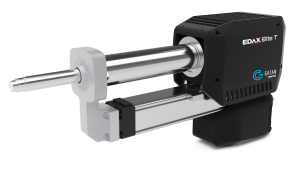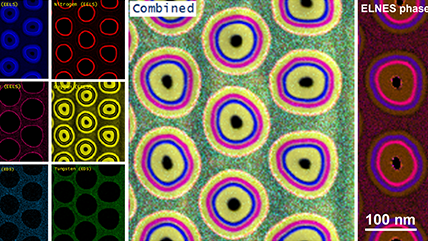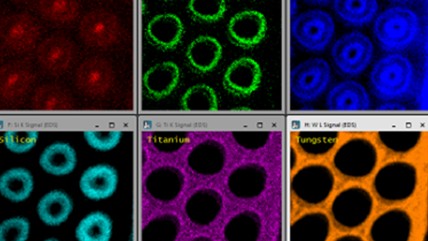Introducing EDAX Elite T EDS Systems – the most intuitive and easy-to-use energy dispersive x-ray spectroscopy (EDS) tool for scanning transmission electron microscope (S)TEM applications and in-situ microscopy.
Elite T EDS systems fully integrate data acquisition, analysis, and reporting using industry-standard software, enabling you to achieve the best possible EDS elemental analysis in some of the most challenging conditions.
- Generates the most complete view of your specimen – Seamlessly synchronizes experimental control and links multidimensional datasets
- Delivers unparalleled detail in elemental and phase maps – Clearly resolves features using a sensor with an active area more than 80% larger than other detectors
- Ideal for expert and novice users alike – Provides the most intuitive and easy-to-use analytical tool for STEM applications
The Elite T is available in two models:
- Elite T Super – 70 mm2 chip
- Elite T Ultra – 160 mm2 chip
Models 1071, 1072, 1171, and 1172
Datasheets
EDAX Elite T EDS Systems
DigitalMicrograph® Software
Applications
|
Complete multielement composition analysis with simultaneously collected EDS and EELS |


